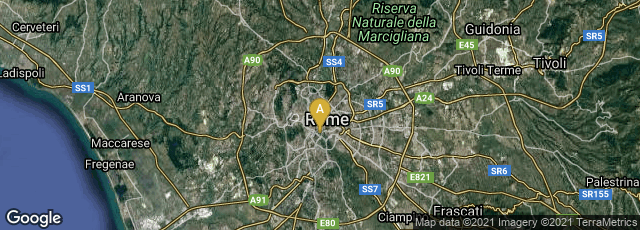

The earliest surviving image of the Crucifixion appears to be an anti-Christian graffito discovered in 1857 carved in plaster on a wall near the Palatine Hill in Rome, now in the Palatine Antiquarium Museum. A Greek inscription, translated as "Alexamenos worshipping his God," is scratched on the graffito causing it to be known as the "Alexamenos Grafitto." The date of this graffito has been estimated as between 50 and 250 CE.
"It is assumed that the comment is sarcastic: in what appears to be an attitude of prayer, the smaller figure stands before a crucified man with the head of an ass. Contemporary Christian writers remark that pagans accuse Christians of worshiping an ass.
"In its discussion of the graffito (under 'Archæology of the Cross and Crucifix'), the 1908 Catholic Encyclopedia suggests that the graffiti artist may have seen actual Christian worship involving a crucifix, because the figure on the cross is wearing the perizoma, the short loincloth which is commonly used in Christian images of the crucifixion. (In actual crucifixions, the victim is naked)" (http://www.aug.edu/augusta/iconography/2003additions/alexamenosGraffito.html,accessed 10-14-2010).